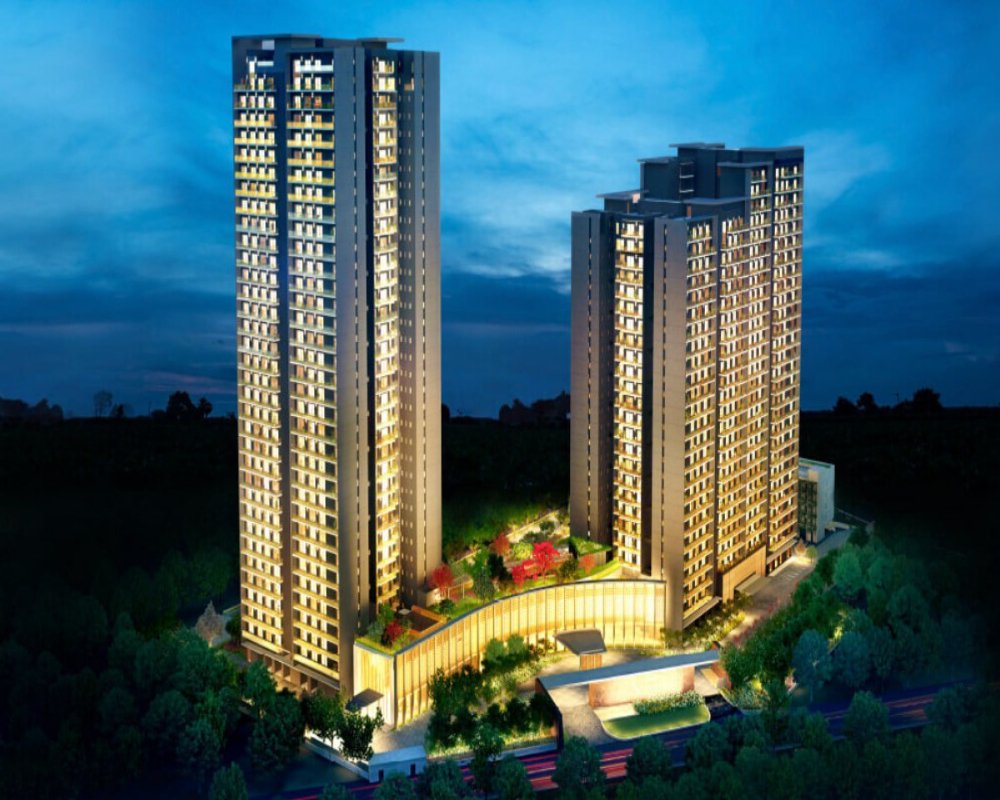Introduction
Redevelopment has become an increasingly vital strategy in the real estate sector, especially in urban environments where available land is limited and existing properties have aged or become functionally obsolete. Rather than developing new properties on untouched land, redevelopment focuses on reviving, reusing, or replacing existing buildings and land uses to better meet modern economic, social, and environmental needs. This process not only maximizes the utility of existing infrastructure but also contributes to community revitalization, sustainability goals, and long-term economic growth. A detailed analysis of redevelopment possibilities involves a comprehensive review of physical condition, zoning compliance, market demand, infrastructure, environmental factors, financial feasibility, and cultural value.
Physical and Structural Assessment
The starting point for evaluating redevelopment opportunities is a thorough assessment of the existing structure or property. This includes determining the building’s age, design, layout efficiency, and overall structural integrity. In many cases, buildings may be outdated but structurally sound, offering potential for adaptive reuse—transforming them for a new function while preserving the core framework. For example, converting old factories into office spaces or turning abandoned schools into residential apartments can be viable strategies. However, if the building fails to meet modern safety standards or is in severe disrepair, full demolition and redevelopment may be more appropriate. Evaluating the adaptability of the structure is essential for deciding between renovation and replacement.
Zoning and Regulatory Compliance
One of the most crucial considerations in redevelopment analysis is understanding the zoning and land use regulations governing the property. Zoning laws dictate what uses are permitted, the density of development, building height limits, parking requirements, and setbacks. If the intended use of the redeveloped property does not align with existing zoning, the developer may need to apply for a rezoning, special permit, or variance. This process can be time-consuming and uncertain but may be worthwhile in areas where municipal plans support urban densification or mixed-use development. Local government incentives such as tax abatements or relaxed zoning rules for redevelopment zones can further enhance feasibility.
Market Demand and Economic Trends
Redevelopment must align with current and projected market conditions. An in-depth market analysis helps determine whether the proposed redevelopment responds to local needs and economic trends. Factors such as population growth, employment shifts, consumer behavior, and competitive supply of property types should be examined. For example, if an area is transitioning from industrial use to a technology-driven economy, former warehouse properties may be more valuable as co-working spaces or innovation hubs. Similarly, aging retail centers can be repositioned into lifestyle complexes, integrating entertainment, housing, and dining to reflect changing consumer habits.
Infrastructure and Utility Considerations
Redevelopment often takes place in already-serviced areas, but the existing infrastructure may not be adequate for modern needs. Developers must evaluate the availability and capacity of water, sewer, electricity, and internet services. Road access, public transportation, parking, and pedestrian connectivity are also key to supporting increased density or new uses. If infrastructure upgrades are required, their cost and feasibility must be factored into the redevelopment strategy. In many municipalities, public infrastructure improvements are subsidized or co-funded through public-private partnerships, especially when redevelopment aligns with urban revitalization goals.
Environmental and Site Conditions
Environmental analysis is a crucial part of assessing redevelopment potential, particularly for properties with industrial or commercial histories. Contaminated sites may require environmental remediation, which can be costly and subject to regulatory oversight. Additionally, properties located in flood zones, coastal areas, or near environmentally sensitive habitats may face restrictions or additional permitting requirements. Conducting environmental assessments early in the planning process ensures that these challenges are understood and addressed before redevelopment begins. Sustainable redevelopment practices, such as green building design or stormwater management systems, can add long-term value and reduce environmental impact.
Heritage Value and Cultural Considerations
Some properties considered for redevelopment may carry historical or architectural significance. These heritage sites can be both an asset and a constraint. On the one hand, historical properties can be creatively repurposed into boutique hotels, cultural centers, or high-end residential units, preserving their character and appeal. On the other hand, strict preservation guidelines may limit alterations and increase renovation costs. Developers must weigh the benefits of cultural identity and community support against the additional regulatory and financial burdens that heritage designations impose.
Financial Feasibility and Investment Analysis
The financial analysis of a redevelopment project ties all other factors together. Developers must estimate total project costs, including acquisition, demolition (if required), environmental remediation, construction, professional services, and permit fees. These costs are then compared with projected revenues from sale, lease, or long-term operation. Financial modeling tools such as net present value (NPV), internal rate of return (IRR), and return on investment (ROI) are essential for evaluating profitability. Access to capital, interest rates, development incentives, and funding partnerships also influence the feasibility and attractiveness of the project.
Conclusion
Redevelopment is a complex yet highly rewarding process that transforms underperforming properties into vibrant, functional, and economically valuable spaces. A comprehensive analysis is necessary to ensure that redevelopment possibilities are both viable and aligned with broader community and market needs. By assessing the physical condition, zoning compliance, market potential, infrastructure readiness, environmental factors, heritage value, and financial outlook, stakeholders can make informed decisions that minimize risk and maximize return. In an era where sustainable growth and land efficiency are paramount, redevelopment offers a strategic path to revitalizing communities, preserving cultural assets, and driving long-term economic development.
Hashtags
#RealEstate #PropertyDevelopment #UrbanRedevelopment #RealEstateInvesting #PropertyAnalysis #RedevelopmentOpportunities #UrbanPlanning #InvestmentStrategy #RealEstateMarket #PropertyValue #SustainableDevelopment #CommunityRevitalization #CommercialRealEstate #ResidentialRedevelopment #MarketTrends #PropertyManagement #RealEstateTrends #ZoningLaws #InvestmentOpportunities #FutureOfRealEstate


